
Should You Unplug Your Rice Cooker After the Rice Is Cooked?

Using a rice cooker correctly not only gives you perfectly cooked rice but also helps extend the appliance’s lifespan. But should you unplug it once the rice is done?
Although almost every household owns a rice cooker, not everyone uses it properly. Many people still wonder whether unplugging the rice cooker after the rice is cooked is necessary to protect the device and save electricity.
Do You Need to Unplug the Rice Cooker After Cooking?
In fact, the answer depends on your needs and priorities.
If you want your rice to stay warm and fluffy, keep the cooker on the “Warm” mode until mealtime.
However, if you care more about saving energy and prolonging the life of your cooker, it’s best to unplug it—especially once all the rice has been taken out.
When cooking, the rice cooker operates in “Cook” mode at high power to boil the water and steam the rice. Once the water evaporates, it automatically switches to “Warm” mode, maintaining a low temperature that keeps the rice soft and prevents it from cooling down too quickly.
The “Warm” mode uses minimal electricity, just enough to keep the rice at an ideal temperature without burning it. This means you don’t have to worry about the rice getting cold if you’re not eating right away.
When to Unplug the Rice Cooker
If you leave the cooker plugged in, it will automatically keep the rice warm—very convenient for families who eat multiple meals a day or have members who come home late. The rice remains safe to eat and free from bacterial growth, which is especially important in hot and humid climates. Warm mode also helps the rice retain its natural softness and moisture; reheating cold rice often makes it dry or hard.
However, there are times when you should unplug the cooker:
-
After eating: If you’ve finished your meal and don’t need to keep rice warm, unplug it to save energy.
-
When not keeping rice warm for long: If you don’t plan to eat again soon, let the rice cool naturally and store it in the fridge. You can reheat it later in a microwave or steamer.
-
After long use: Avoid leaving the cooker on warm mode for more than 8–10 hours, as prolonged heat can dry or burn the rice, reduce the non-stick coating’s lifespan, and even pose safety risks in older models.
Tips for Proper Rice Cooker Use
Using your rice cooker correctly ensures delicious meals, saves energy, and keeps your appliance in good condition.
-
Check your cooker type: High-end models often feature smart warming systems that automatically adjust temperature. For traditional cookers, avoid keeping rice warm too long.
-
Dry the inner pot before cooking: Ensure the pot is completely dry before use to prevent electrical issues and maintain even heating.
-
Don’t keep warm with too little rice: When only a small amount is left, warming can dry out or burn the rice.
-
Clean your cooker regularly: After each use, wash the inner pot and lid to prevent moisture buildup, odors, or mold. Pay special attention to the steam vent to ensure proper operation.
Final Thoughts
Knowing when to unplug your rice cooker helps you enjoy better-tasting rice, save energy, and extend your appliance’s life—keeping your kitchen safe and efficient for years to come.
News in the same category

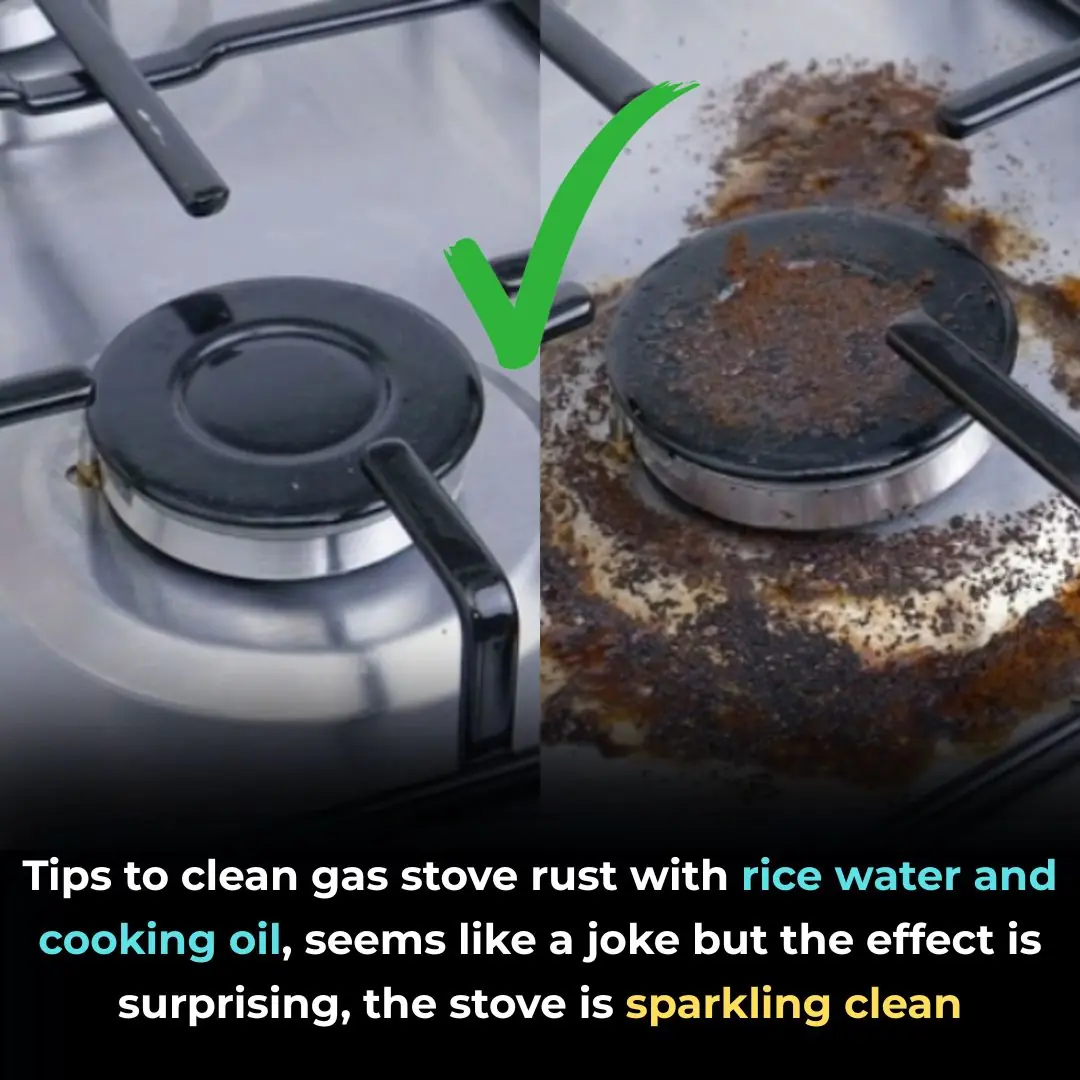
Tips to clean gas stove rust with rice water and cooking oil, seems like a joke but the effect is surprising, the stove is sparkling clean
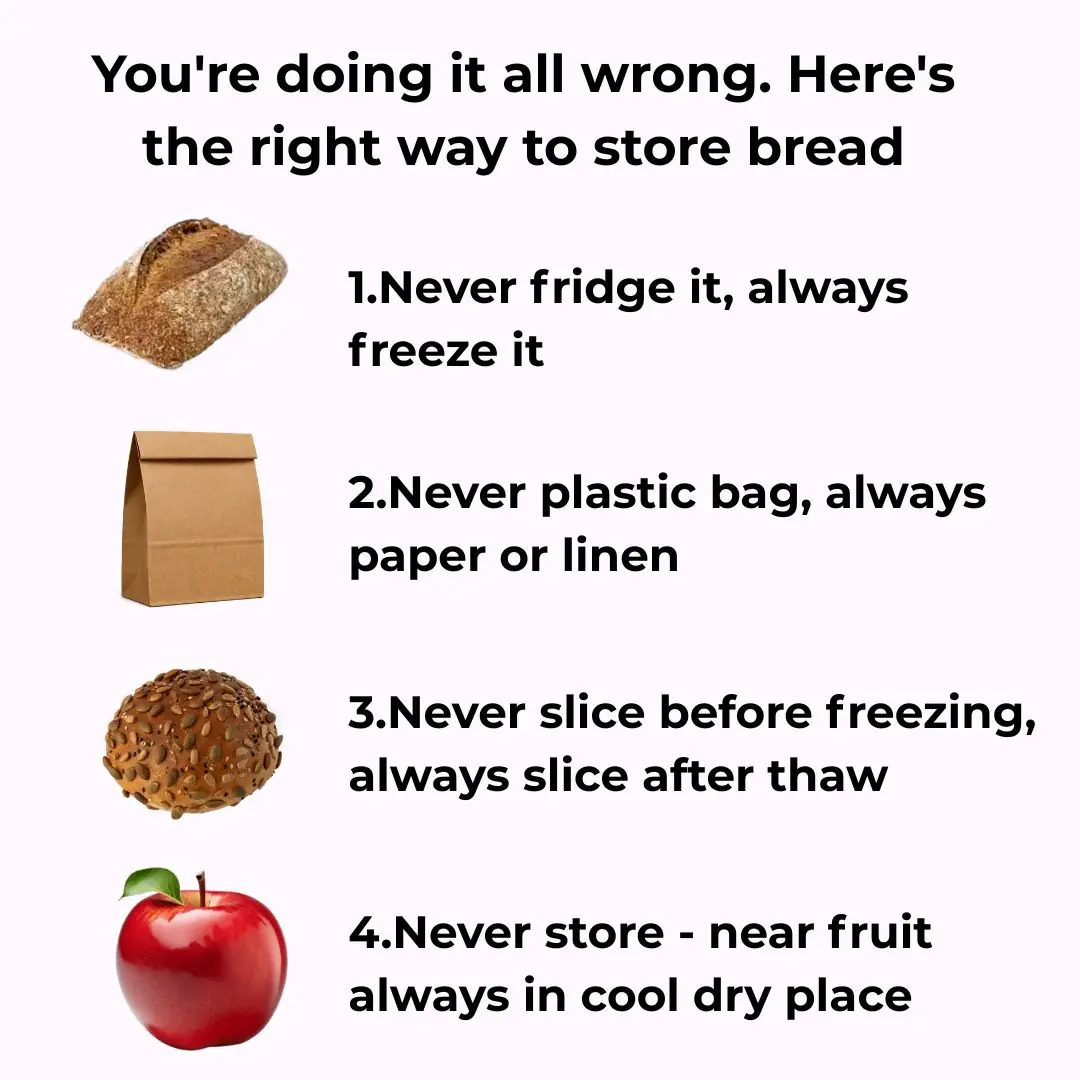
You’re doing it all wrong. Here’s the right way to store bread
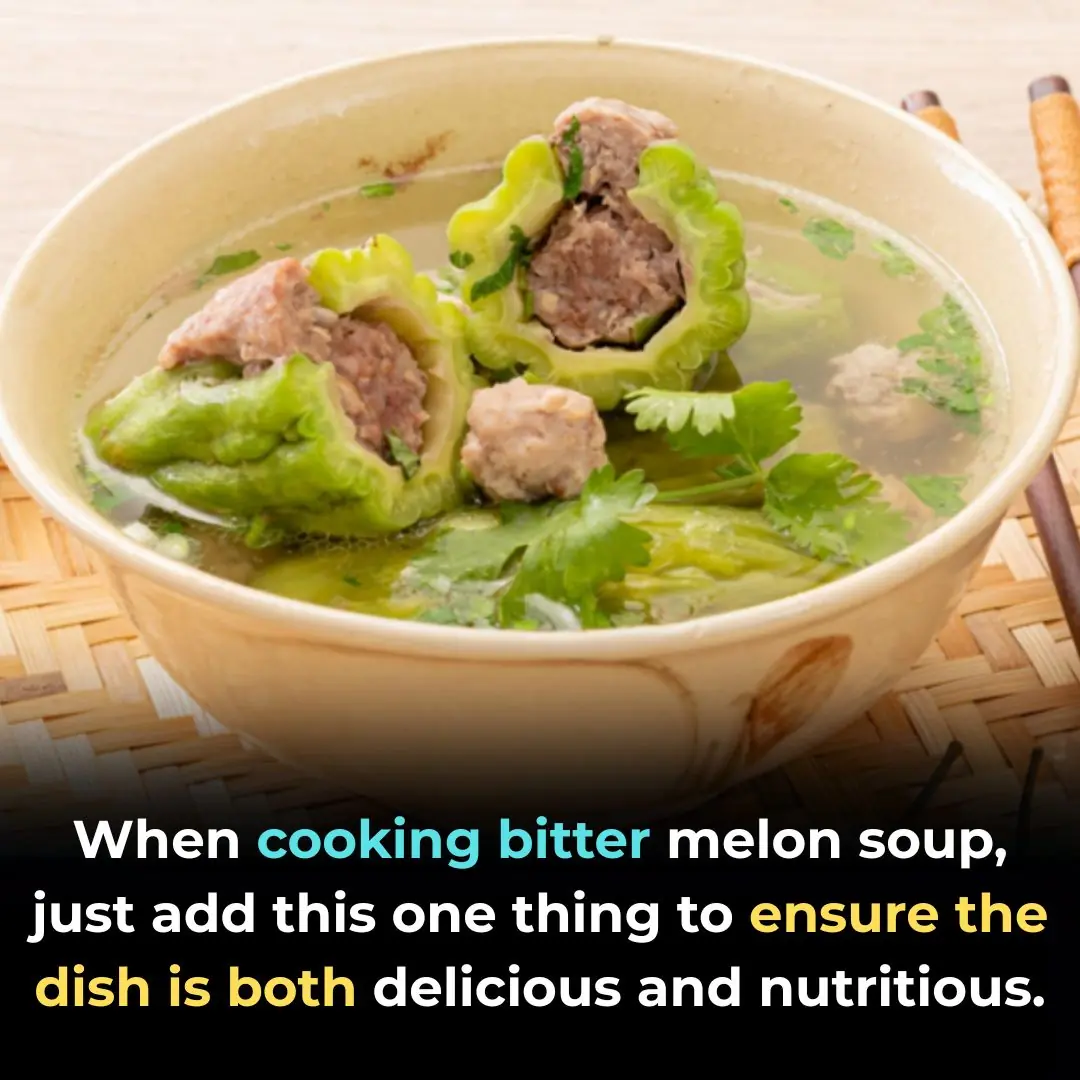
Make Your Bitter Melon Soup Sweet and Nutritious — Just Add This One Ingredient

Most do this wrong. 10 dairy items you’re storing incorrectly
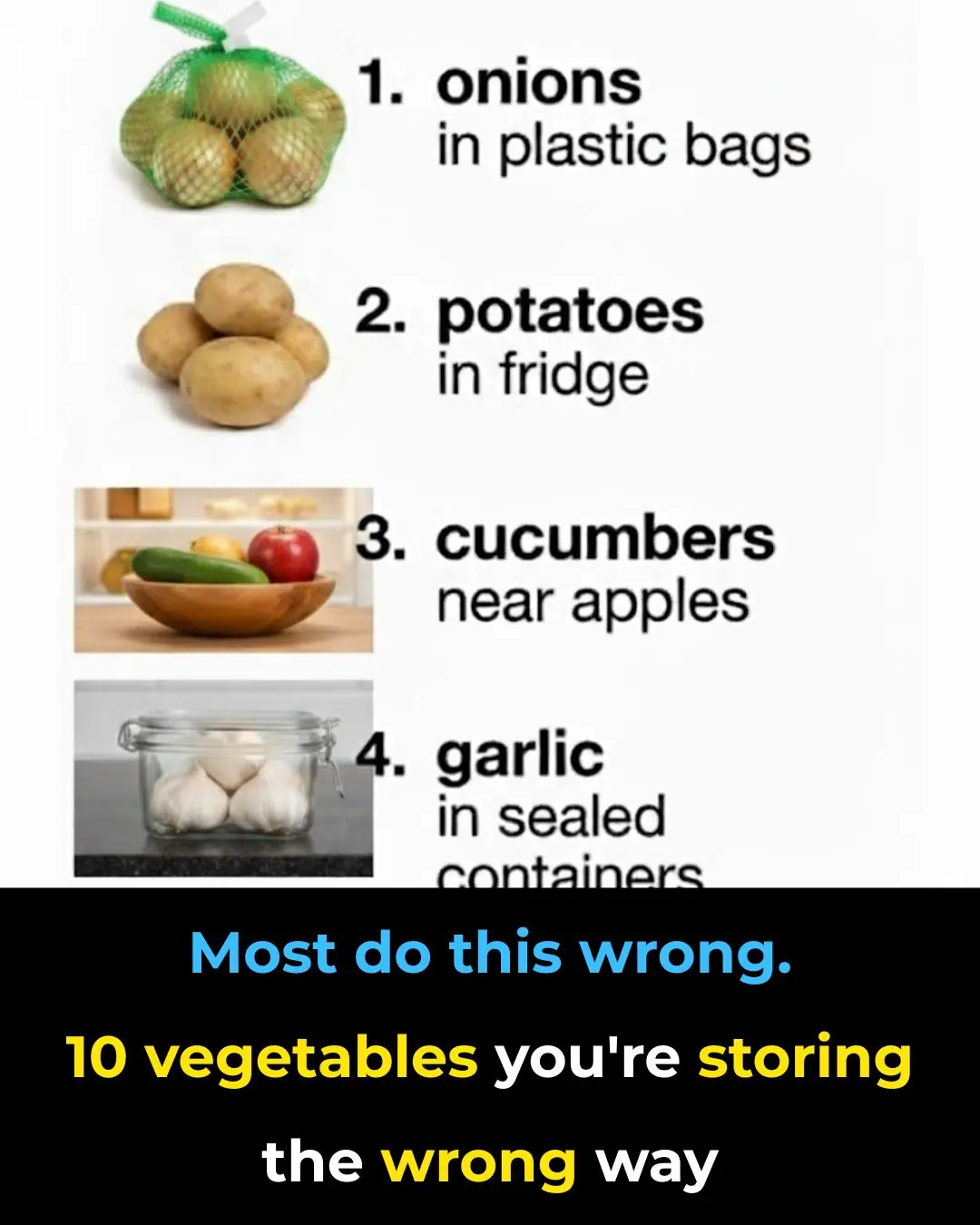
Most do this wrong. 10 vegetables you’re storing the wrong way
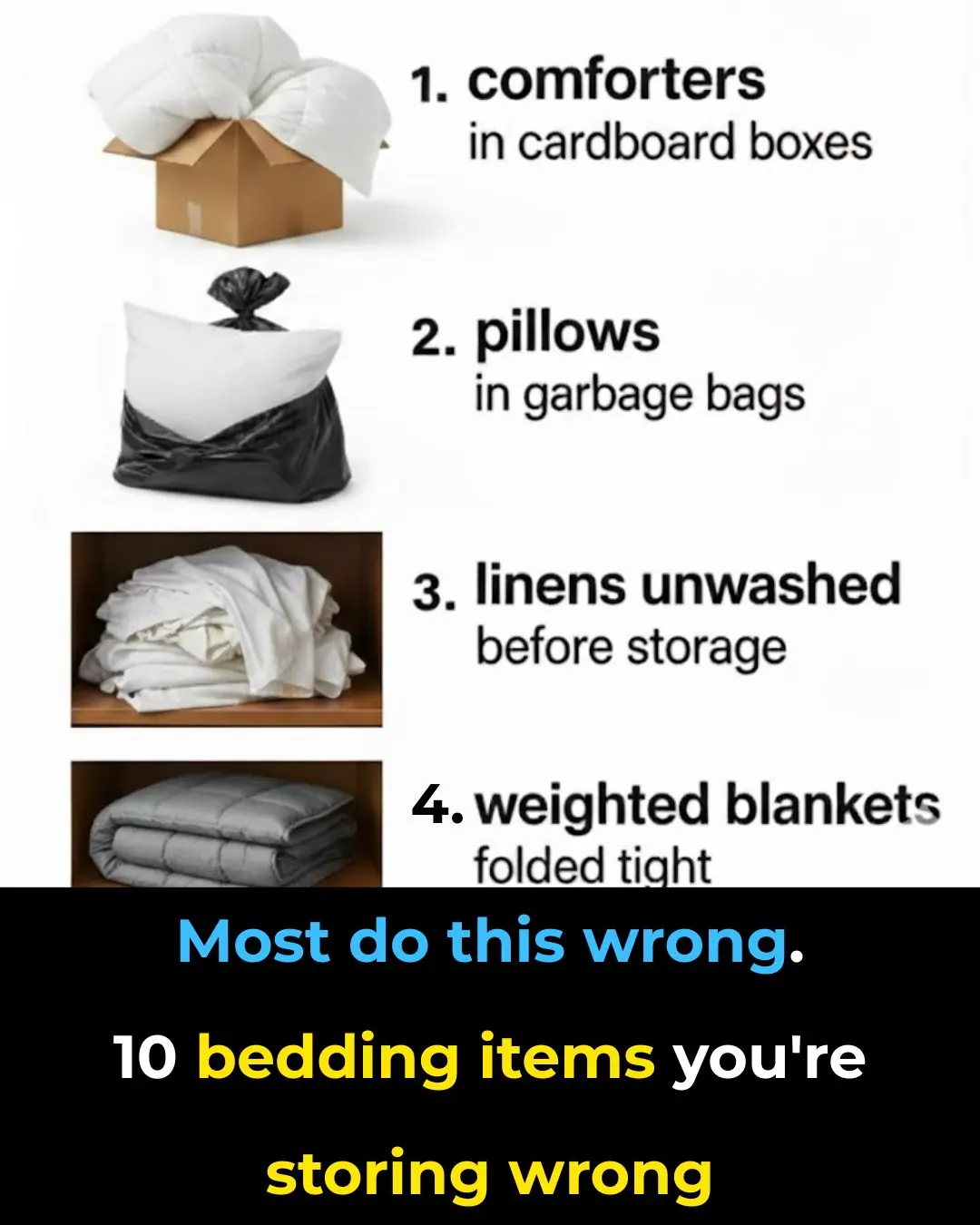
Most do this wrong. 10 bedding items you’re storing wrong
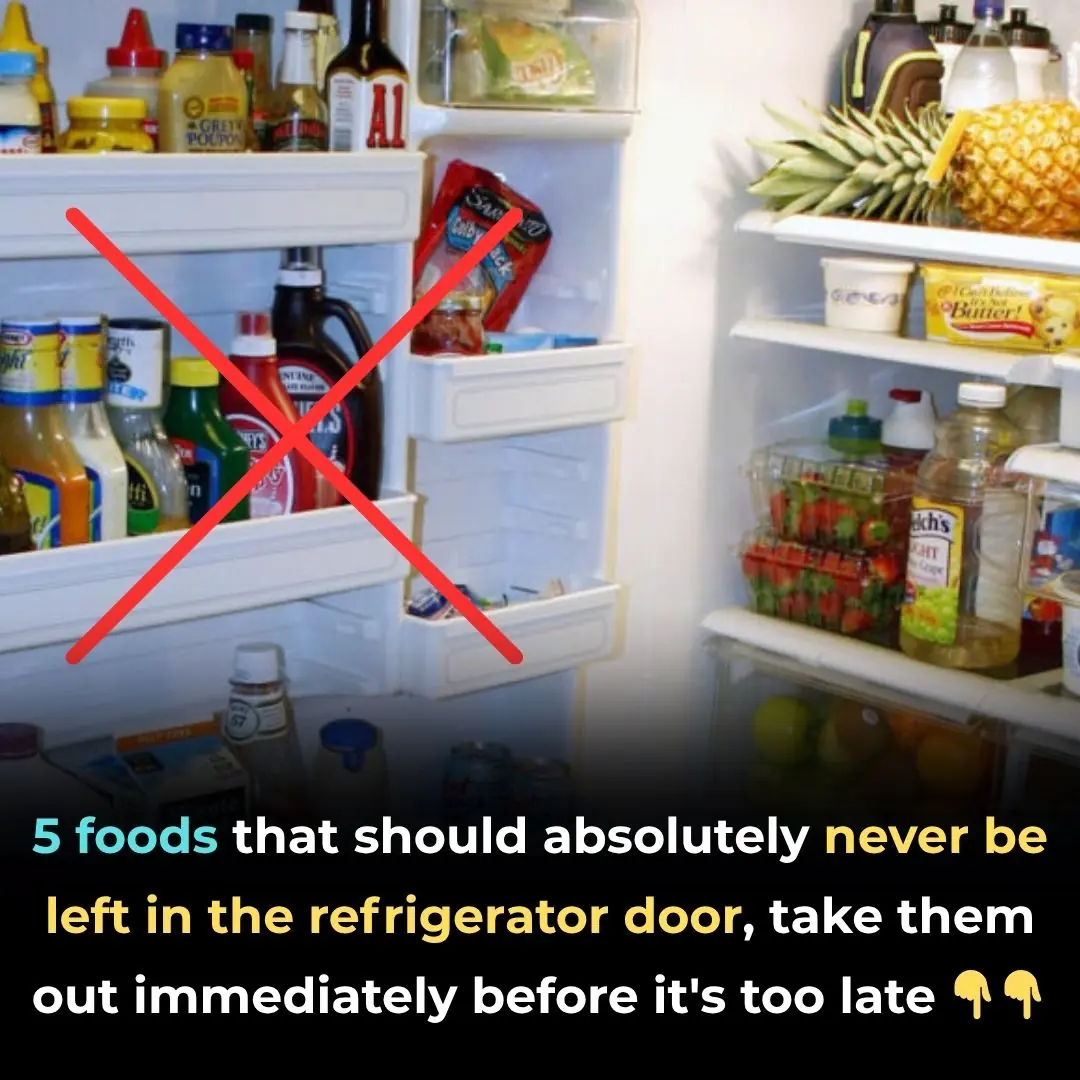
5 foods you should never keep in the refrigerator door, take them out immediately before it's too late

Why are women's buttons on the left while men's are on the right?
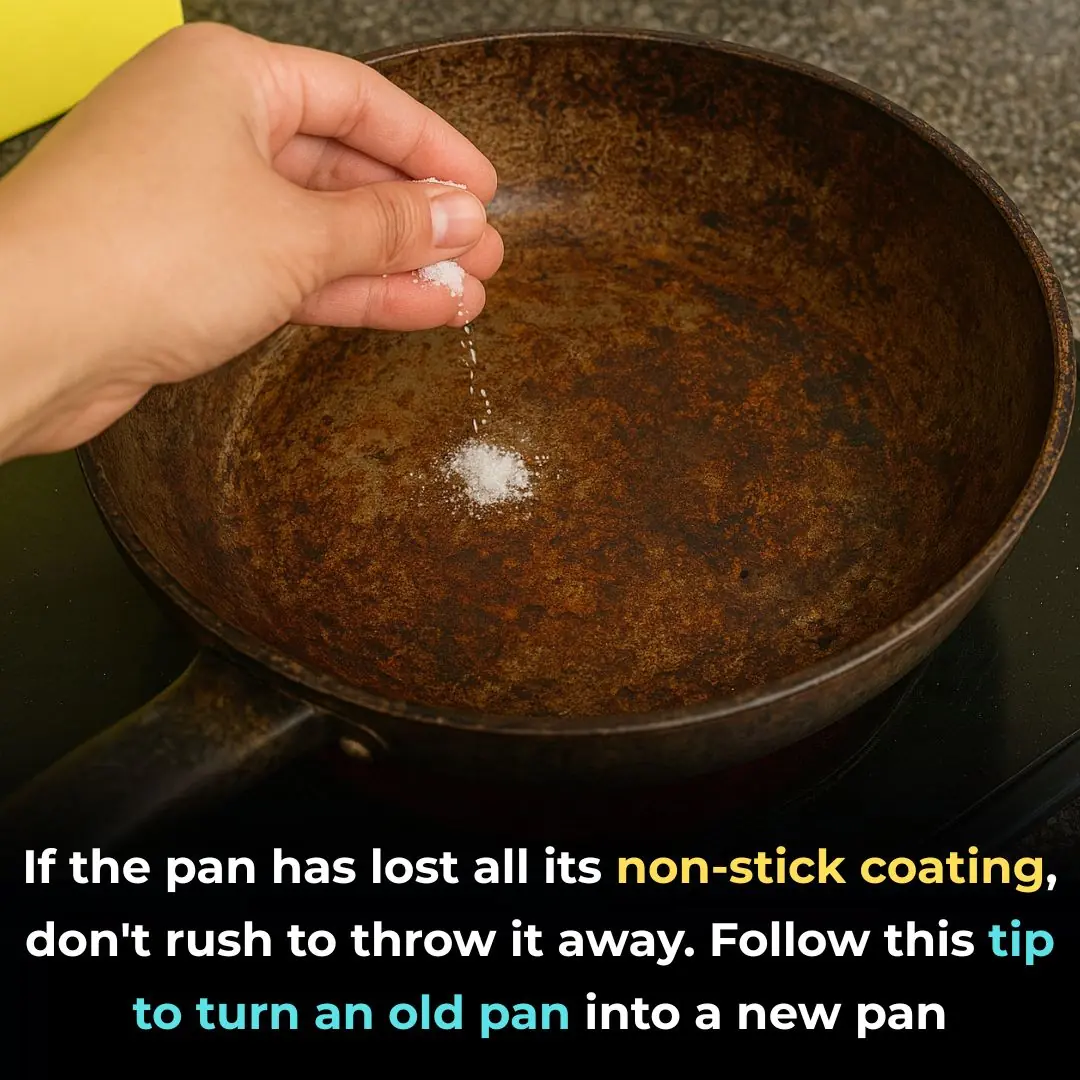
If your pan has lost all its non-stick coating, don't be quick to throw it away; follow this method and your pan will be like new again.
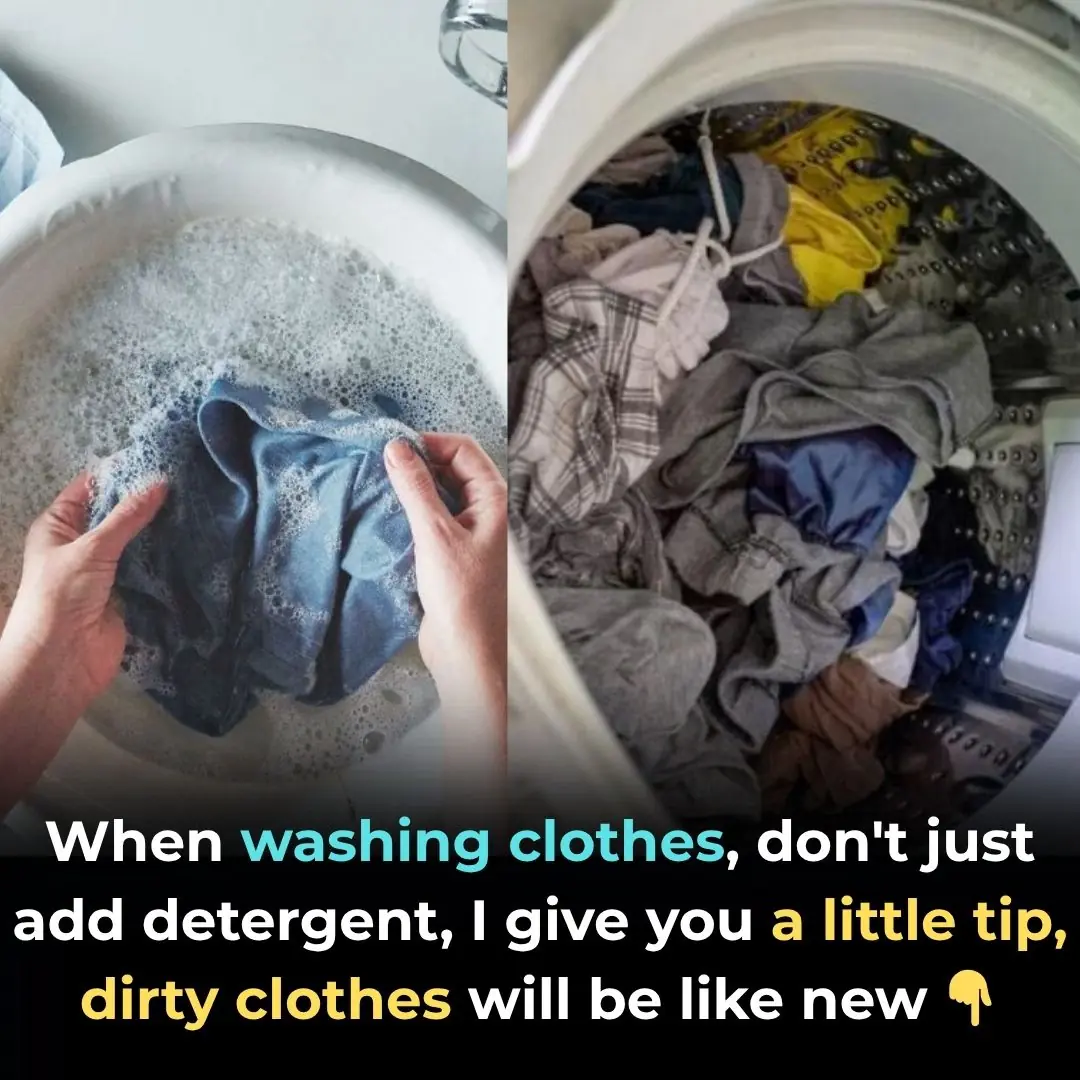
When washing clothes, don't just add detergent; here's a little tip for you: dirty clothes will look like new.

Mosquitoes are very afraid of this liquid; placing a bowl in the room keeps them from buzzing around all night.

Don't throw away rotten tomatoes, the rottener the tomatoes, the more useful they are if you know these uses

Here's how to open a can in an emergency (this is so simple!)

When buying avocado, don't be greedy for big fruit or you'll "waste money", choose this point to get the most delicious and supple one.

98% of people don't know what the hole in a safety pin is for

What are the health benefits of mackerel? How to cook mackerel to make it rich and delicious

Boiled chicken often has red bones: Do this extra step to make the chicken delicious, not have cracked skin, and remove all bad odors.

Put a branch of ginger under your pillow before going to bed: A good tip both men and women need, not knowing is a waste
News Post

3 ways to prevent snakes from entering the house, everyone needs to know to protect their family

Tips to clean gas stove rust with rice water and cooking oil, seems like a joke but the effect is surprising, the stove is sparkling clean

You’re doing it all wrong. Here’s the right way to store bread

Scientists Found IV Bags Could Send Microplastics Directly Into Your Bloodstream During Infusions
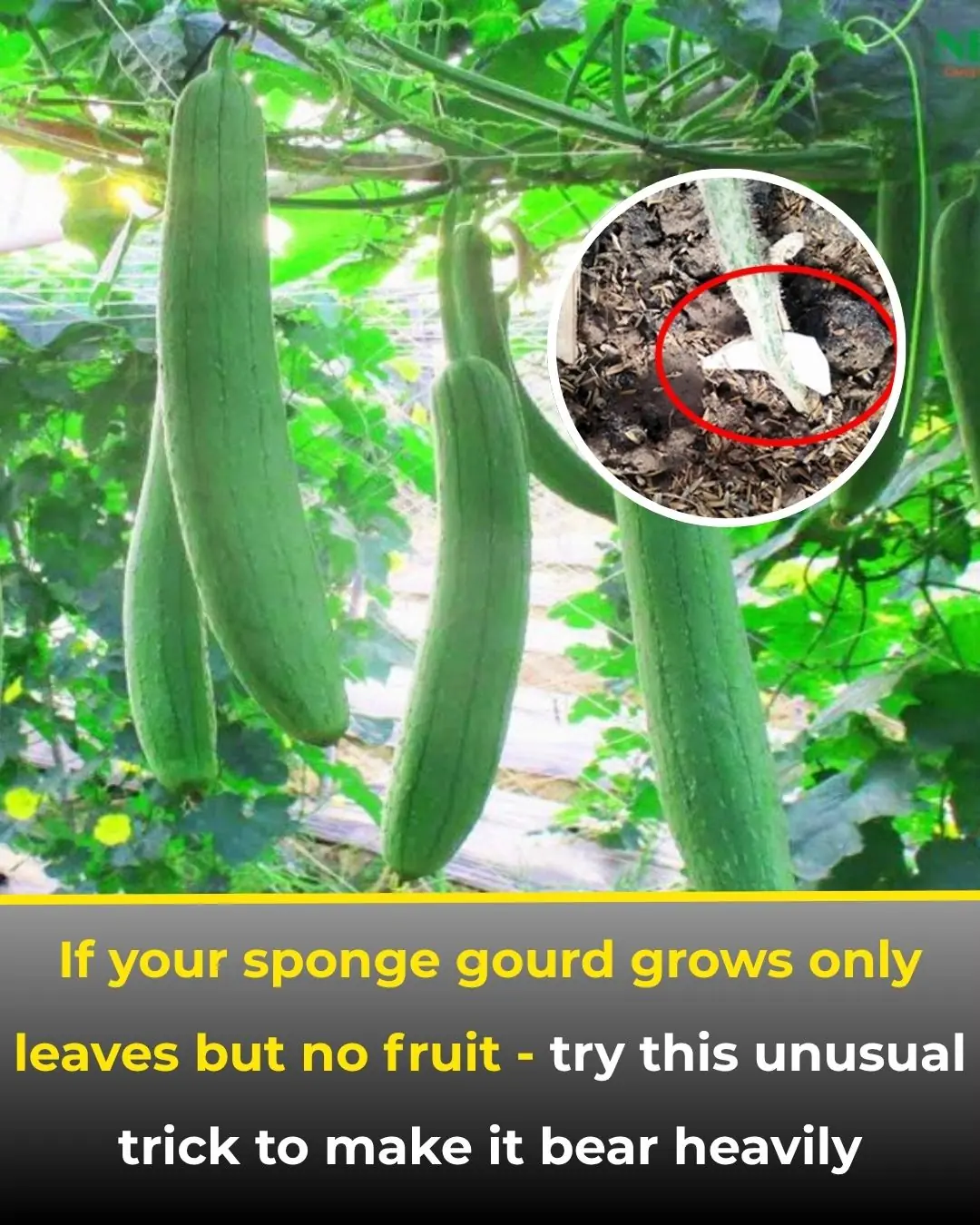
Grow Luffa Vines Full of Fruit Instead of Just Leaves — Use This Simple Trick!

Top 15 Bizarre Signs of Magnesium Deficiency You Need to Know
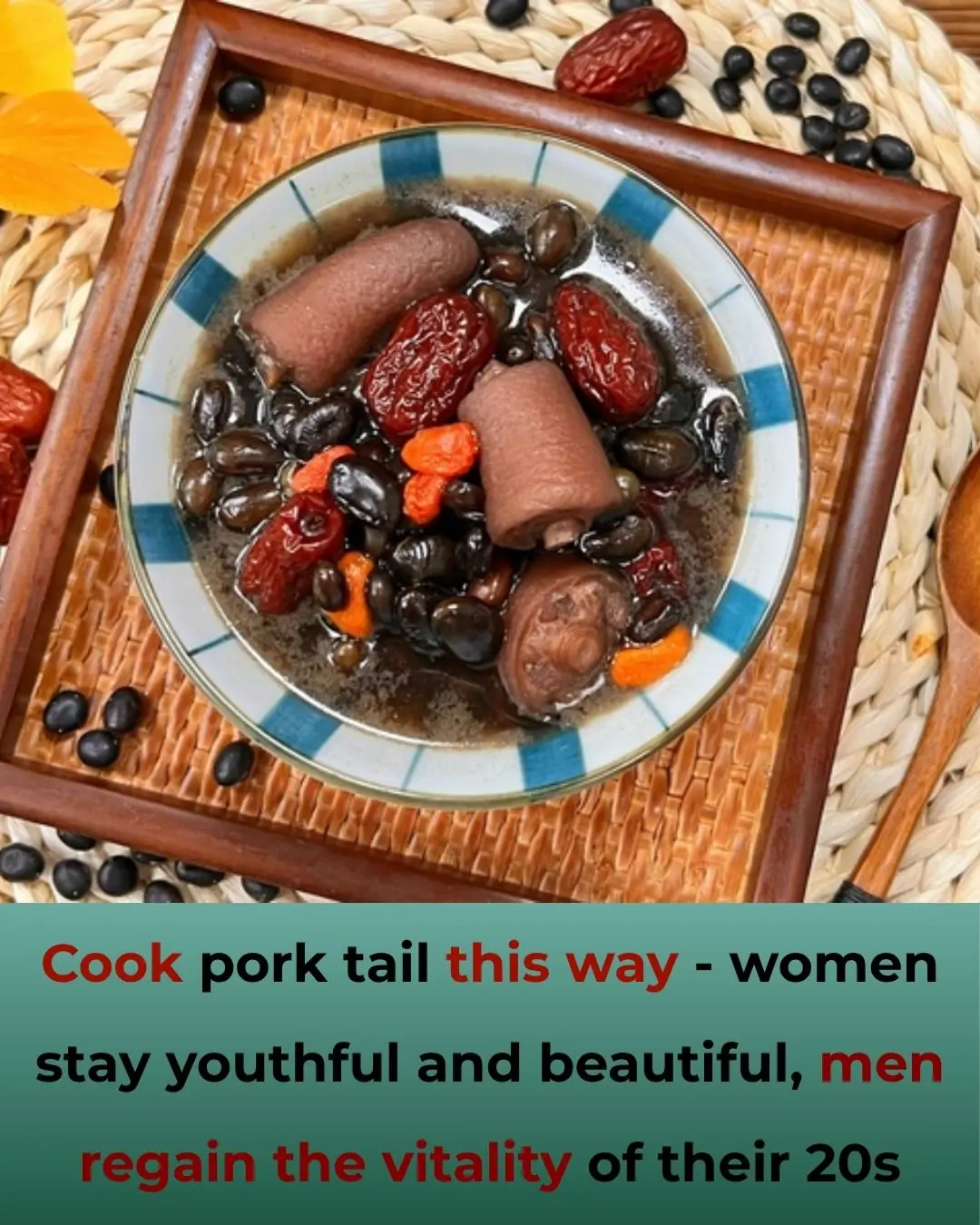
Traditional Doctor Reveals: The Pig’s Tail — A Natural “Power Booster” for Men’s Vitality and Women’s Beauty

20-year-old Young Man Suddenly Suffers Acute Kidney Failure After Eating Oysters: Doctor Reveals the “Hidden” Cause
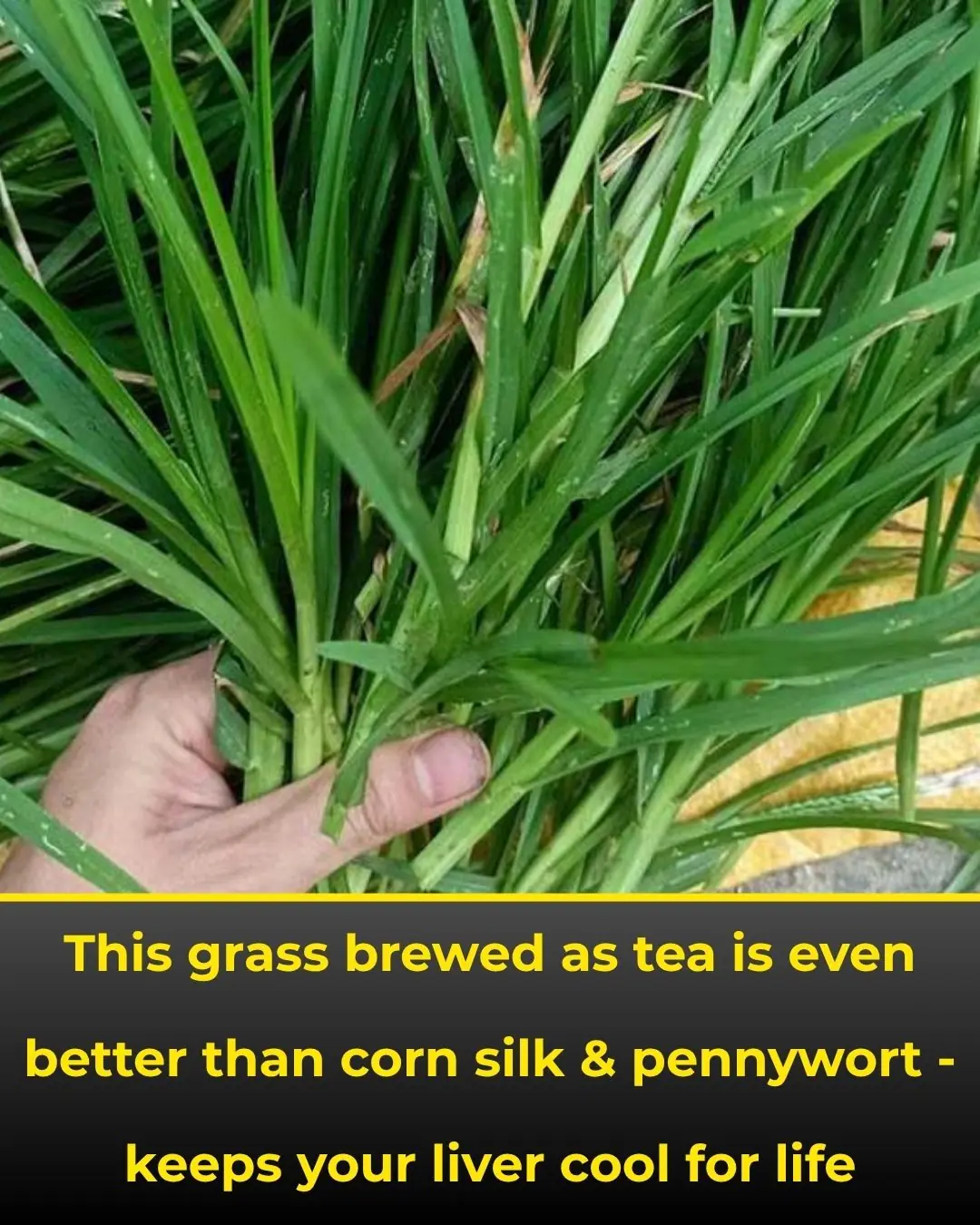
The Medicinal Benefits of Goosegrass (Eleusine indica) in Traditional and Modern Medicine

Chilling Reality: The Coffee-Drinking Habit That May Have You Ingesting 1,000+ Microplastic Particles Every Time

5 Foods That Can Damage Your Thyroid (Even Though They Look Healthy)

Natural Drinks That Cleanse and Support Kidney Health

4 Plants That Attract Snakes — Remove Them Immediately to Stay Safe

Make Your Bitter Melon Soup Sweet and Nutritious — Just Add This One Ingredient

Don’t Be Superstitious—but Be Smart: 5 Things You Should Never Pick Up from the Street
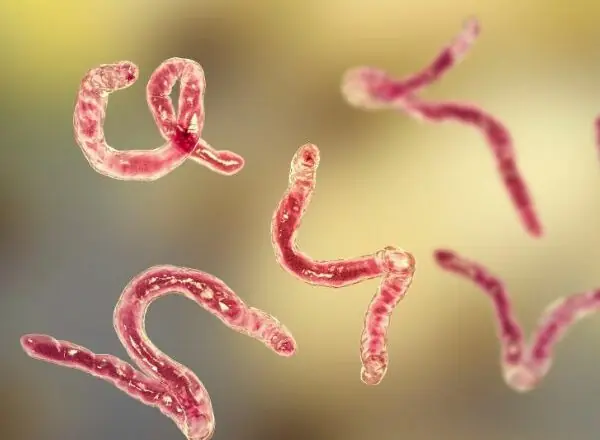
4 Powerful Remedies to Eliminate Parasites — #2 Will Surprise You!

Most do this wrong. 10 dairy items you’re storing incorrectly

Most do this wrong. 10 vegetables you’re storing the wrong way
